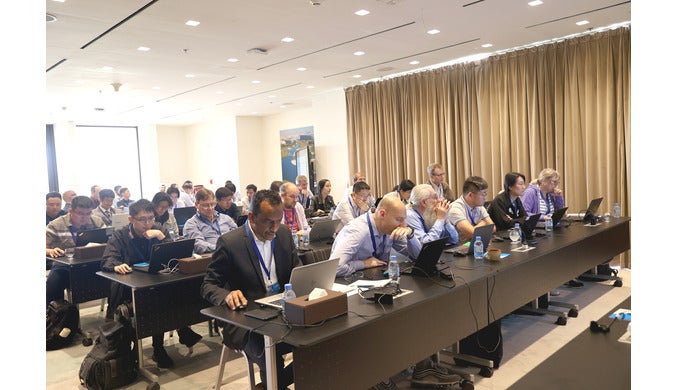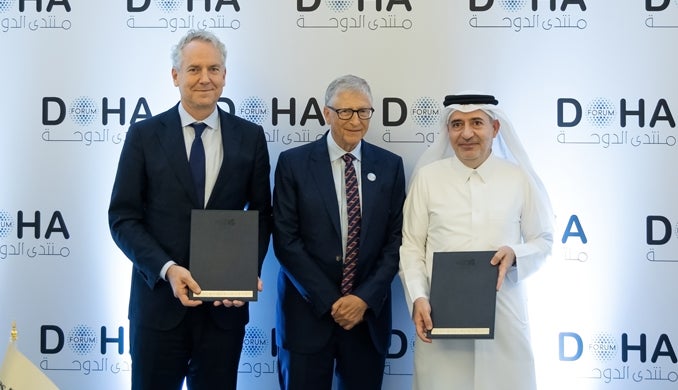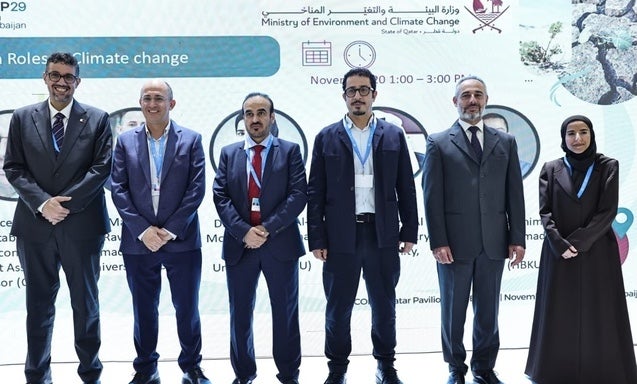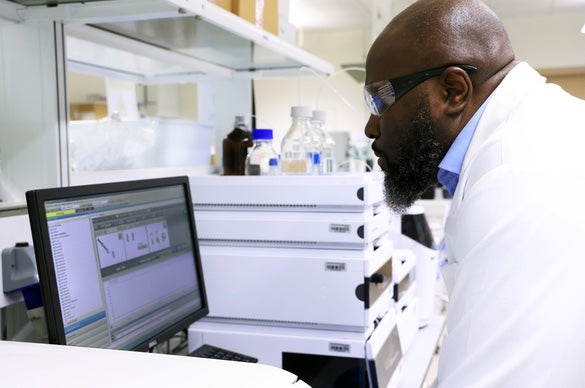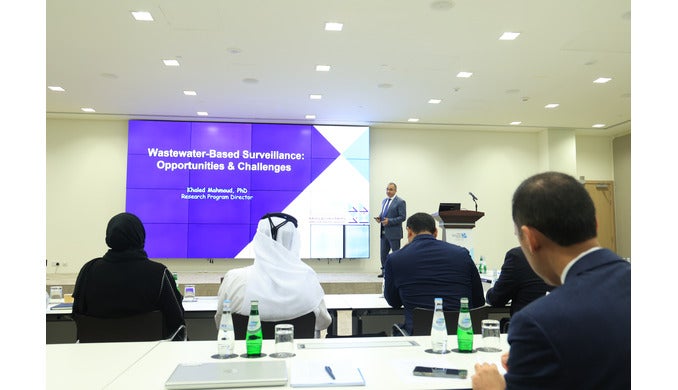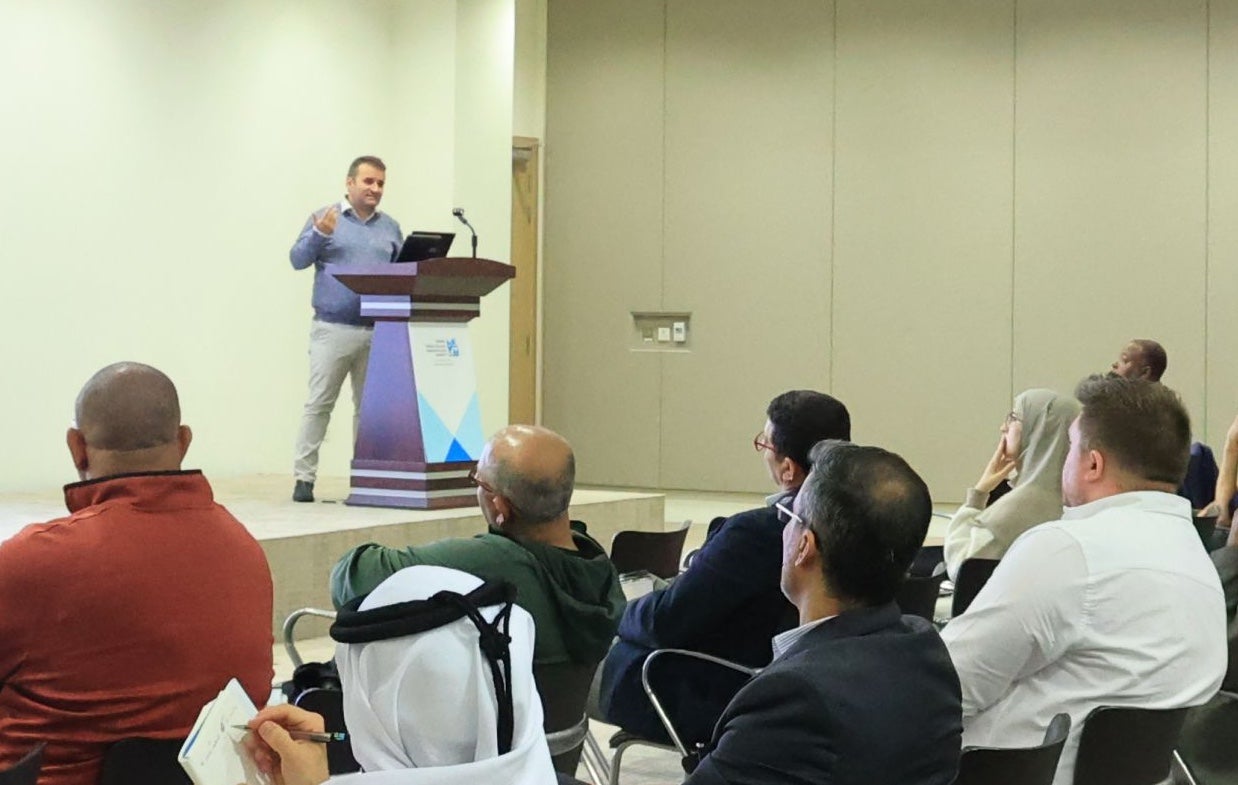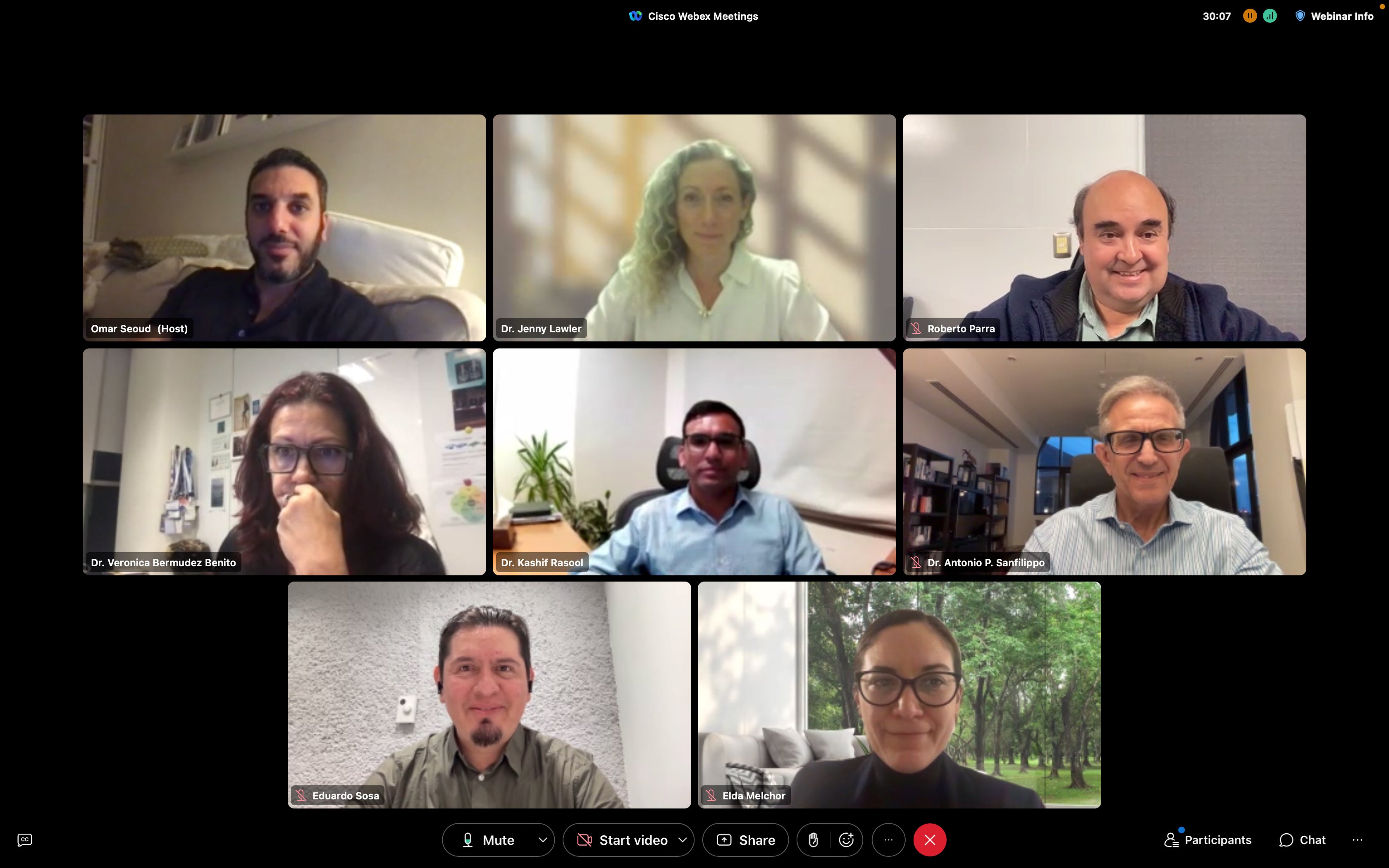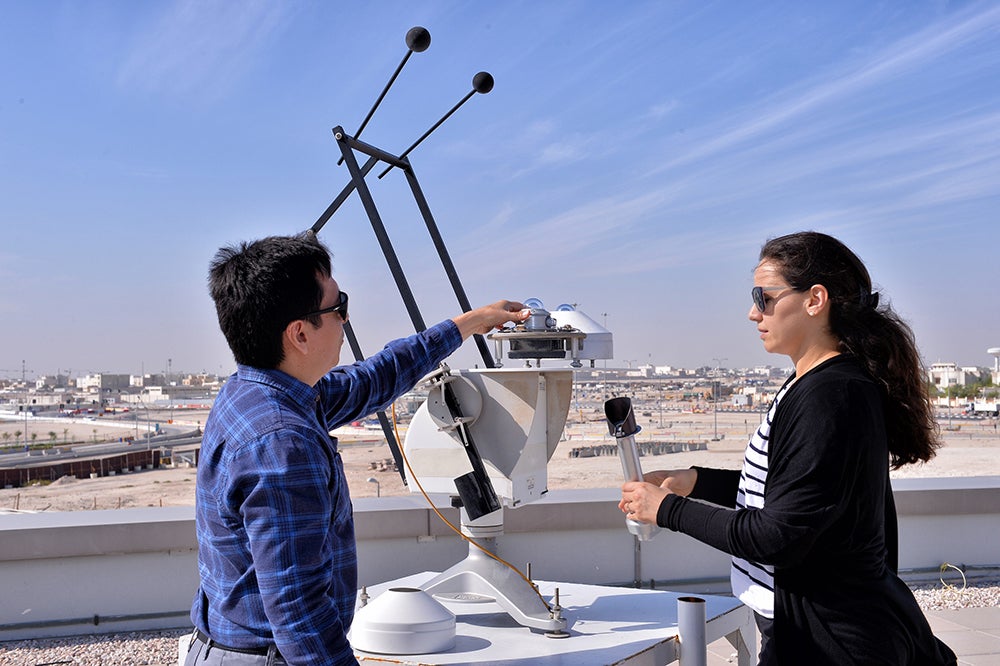
The Energy Center at the Qatar Environment and Energy Research Institute (QEERI), part of Hamad Bin Khalifa University (HBKU), continues to monitor environmental conditions such as solar radiation, temperature, and humidity, which may, in turn, help Qatar anticipate the transmission of COVID-19.
Researchers around the world are in the process of understanding the lifecycle of the virus, and the environmental conditions that may influence or interfere with its proliferation. Although there is no conclusive evidence regarding the impact of environmental factors, an increasing number of studies indicate that sunlight, heat, and humidity may have an impact on its activity and transmission.
As part of its research, QEERI’s Energy Center – in collaboration with Qatar Meteorology Department – monitors solar radiation and other meteorological factors such as temperature and humidity in Qatar. The Energy Center is preparing to support the country’s governmental organizations in the fight against COVID-19 by providing a constant flow of updated data on the effect of these environmental factors on the novel virus.
Dr. Veronica Bermudez, Senior Research Director at the Energy Center, said: “As the coronavirus (COVID-19) pandemic continues to impact our world, there is a pressing need for situational awareness tools that help decision-makers and the public understand and avoid the risk of contagion. COVID-19 research is still in its initial stage, but there is some evidence that the combination of sunlight, a certain temperature, and degree of absolute humidity may influence the viability of the virus. Monitoring, mapping, and forecasting the solar resources and weather conditions may, therefore, help in anticipating and assessing the risks associated with COVID-19 and in adapting the associated measures.”
Massachusetts Institute of Technology (MIT) scientists have very recently analyzed the correlation between weather conditions and the observed rate of COVID-19 transmission in diverse global locations. This study indicates that 90% of reported COVID-19 cases through 22 March 2020 occurred in world areas with colder and less humid late winters and early springs (temperatures: 3-17oC, absolute humidity: 4-9g/m3). Less than 6% of total reported cases were recorded in countries with higher temperatures (above 18oC) and absolute humidity (above 9 g/m3) for the same period. These results suggest that the COVID-19 virus may have reduced viability and would see its spreading capacity diminished in warmer humid climates that typically have higher sunlight.
Another study by University College London assessed samples of common coronaviruses collected several years ago. They concluded that summer showed a lesser number of infections than colder months. A recent White House briefing stated that experiments conducted at the US Army's biosecurity laboratory indicate that heat, humidity, and exposure to sunlight significantly speed up the rates at which the novel coronavirus is destroyed.
Some scientists believe that while high temperatures may not stop the virus they may reduce its ferocity. However, many members of the global research community are skeptical, as the COVID-19 virus is a relatively new infectious agent that is yet to be studied extensively.
Scientists at QEERI’s Energy Center have highlighted that it may be possible to assess the risk of contagion through solar resource and meteorological monitoring, if exposure to the right combination of sunlight levels, temperatures, and absolute humidity could reduce the viability of the COVID-19 virus.
Dr. Antonio Sanfilippo explained: “QEERI has recently started a study that uses machine learning methods applied to data from the ongoing pandemic to build computational models of COVID-19 transmission rates as a function of meteorological and solar radiation parameters plus epidemiological, socioeconomic and policy intervention factors. These models will enable the creation of dynamic maps on Geographic Information Systems (GIS) that visualize the risk of viral exposure across the nation and worldwide by monitoring the local weather conditions.”
He added that these maps will help the public and government alike reduce the risk of COVID-19 contagion and could be adapted to different infection data to help manage other viral outbreaks. The ensuing GIS platform will provide a basic tool for risk assessment in the current and future viral epidemics/pandemics.
Dr. Marc Vermeersch, QEERI’s Executive Director, reiterated that the institute would continue to support Qatar in its fight against COVID-19. “Since the onset of the pandemic, we have realigned our research priorities, and our scientists, researchers, and engineers are committed to contributing to the fight against COVID-19, through research, development, and innovation. We are also collaborating with national and international stakeholders and contributing in whichever way we can.”
The centers at QEERI, including the Energy Center, Water Center, Environment and Sustainability Center, Computational Materials and Processes Center, Corrosion Center, Natural and Environmental Hazards Observatory, and the Earth Sciences Program, are committed to supporting Qatar and its tackling of grand challenges relating to energy, water and the environment.
Related News
